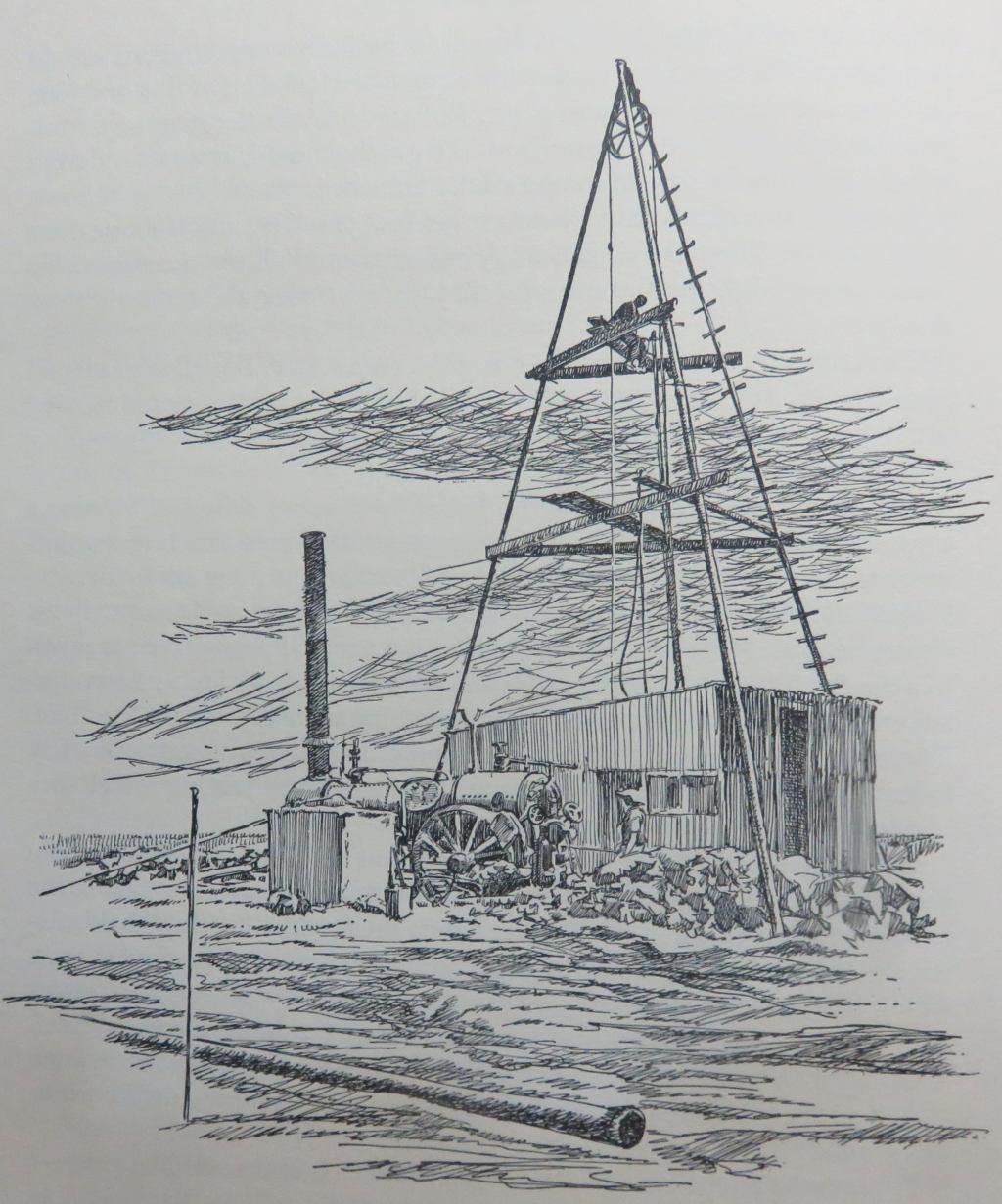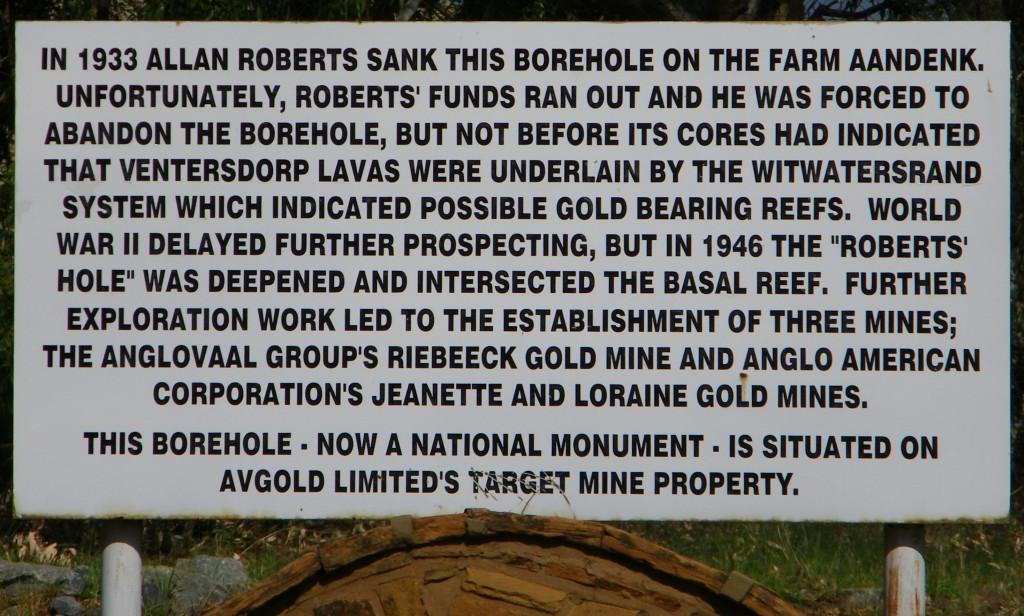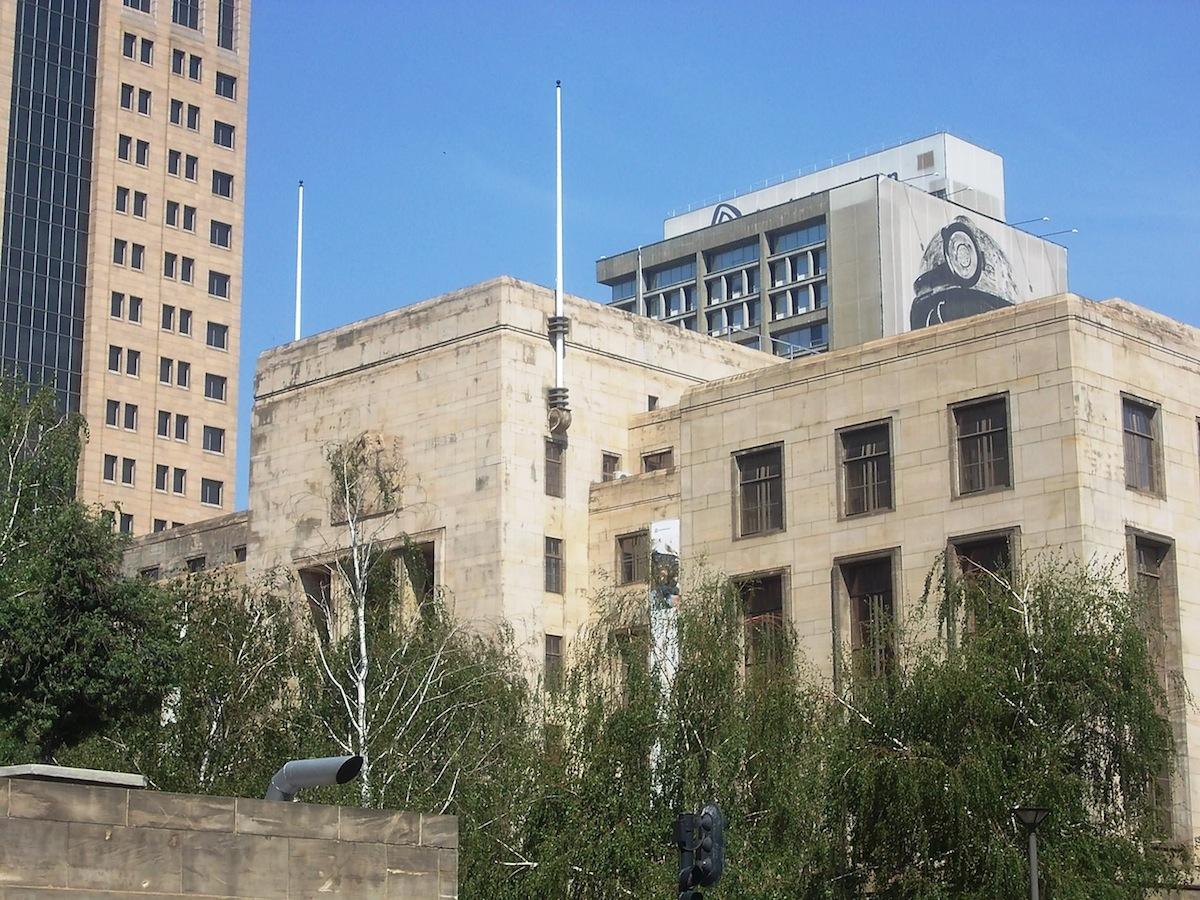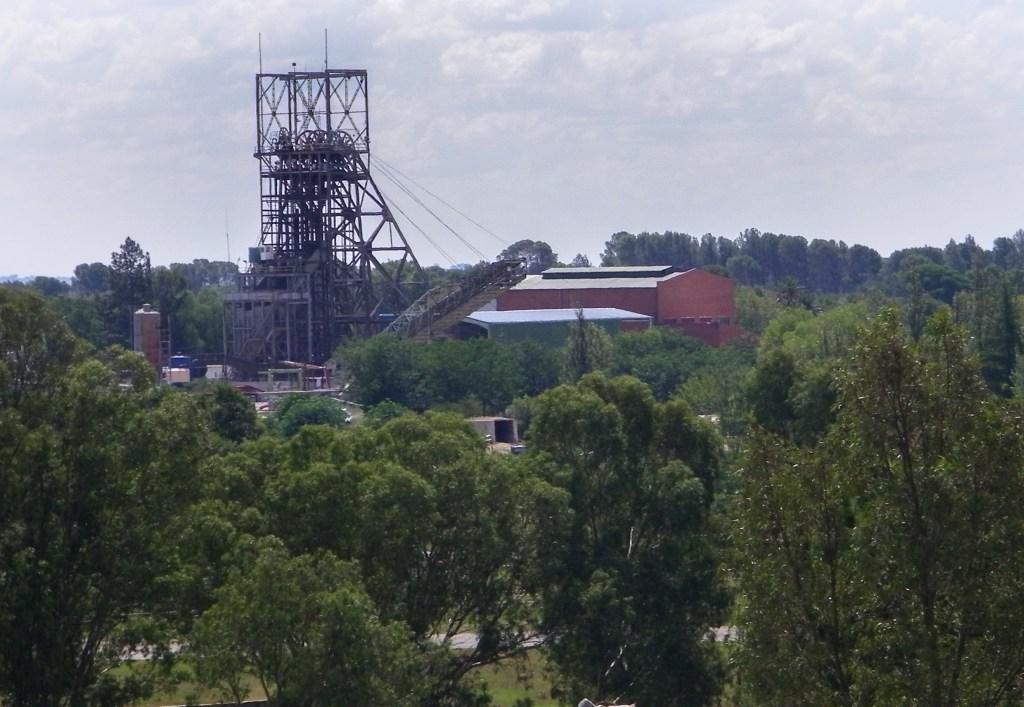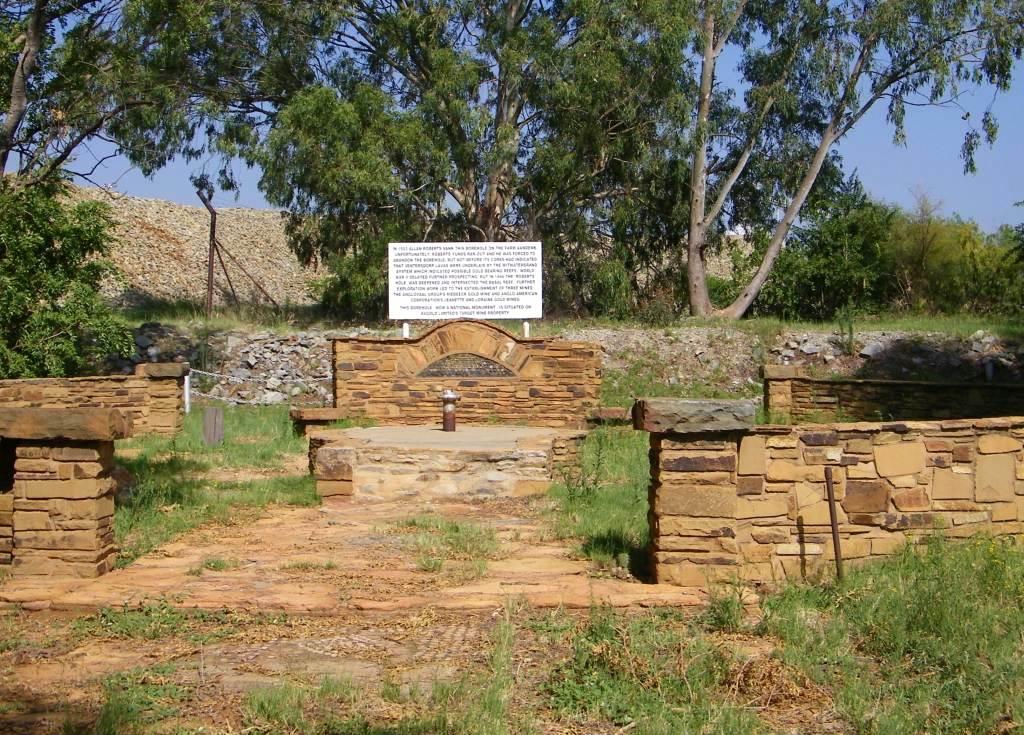
Disclaimer: Any views expressed by individuals and organisations are their own and do not in any way represent the views of The Heritage Portal. If you find any mistakes or historical inaccuracies, please contact the editor.
Very few people have heard of the first borehole sunk in an effort to prove that there were payable deposits of gold in the Free State. This is its story.
Soon after the major discoveries of the Witwatersrand and its expansion east and west the search went further out into the Free State in the hope of finding the continuation of the reefs. Already in the 1890s there was speculative buying of farms to the south of Klerksdorp over the Vaal.
One of the early prospectors to venture far down into the Free State was Archibald Megson. He noticed an outcrop near the present day Allanridge on the farm Aandenk which looked very similar to the ones of the Witwatersrand. Geological wisdom at that time told him to dig here and he started to dig an exploration shaft down 100 feet (30m). On the way down he found some gold, not enough to start a mine, but enough to make him carry on until he ran out of money. In good old prospectors fashion he placed all remaining dynamite at the bottom of his shaft to stop other people from interfering with 'his' dig.
Exploration shaft (The Gold Miners)
And onto the next chapter of the story of the borehole. In Johannesburg there were two young men, both went to school in Doornfontein and both remained friends after school. They were Allan Roberts, a dental technician, and Emmanuel Jacobson, an attorney. They shared a passion and that was to start a gold mine.
For a number of years they had been searching for prospects unsuccessfully. In 1932 they were contacted by Archibald Megson. This led to Roberts and Megson going down into the Free State to inspect the shaft and to look at the surrounding area. More than the shaft, Roberts was very interested in the outcrop which he followed for a few miles. He became convinced that this was the 'real' thing.
The next step was to form a company (the Wits Extension Ltd) with a share capital of £50 000. As a consultant they appointed H.Radcliffe-Browne who had retired from the government service as mine surveyor. He went to inspect the shaft and directed that the area be tested by drilling a borehole. That was to be 80 yards (73m) to the north of the shaft. Thus the credit for the exact position of the hole goes to Radcliffe-Browne.
The drill rig, driven by a steam engine, was in position and started drilling on the 23 October 1933. Very soon the drill bits started biting through the hard, crystalline layer of the Ventersdorp lava. Seven months into this the consulting engineer advised the company to stop. But Roberts and Jacobson said 'no we carry on'. They were acting on the advice of Dr. A.L. du Toit, a leading geologist at the time.
Exploration drilling (The Gold Miners)
At last during August 1933 the drill broke through at 2721 feet (829m) into what is called the Ventersdorp sediment. At 3549 to 3844 feet (1082 to 1172m) they recovered core samples containing some gold. Optimism improved, but at the same time money was running low. In February 1935 they had reached 4065 feet (1239m) and funds had run out. They had to stop.
For a while this was the end of the search for gold in the area, until Dr Hans Merensky made a study of the result from the Aandenk borehole. His advice to the Anglo American Corporation was to carry on the search in the area.
Sign found on the site (Horst Müller)
Anglo American Head Office at 44 Main Street Johannesburg (The Heritage Portal)
And when they started putting down boreholes other companies started taking note and instituted their own exploration program. All the Anglo American boreholes were unsuccessful, but in April 1939 a borehole by the Western Holding struck it rich at only 1143 feet (348m) at a place just south of Odendaalsrus. That would have been the starting signal for mining in the Free State, but the war intervened and halted further development and exploration.
And the Aandenk borehole? It was forgotten for a while but in 1946 it was re-explored and drilling only 400 feet (122m) further down it struck the reef. Loraine mine was born.
Loraine mine (Horst Müller)
The town that sprang from that was aptly named Allanridge to honour Allan Roberts as the pioneer of exploration in the area. But it is a town in decline; it did not survive the disinvestment by the mining companies very well.
Reference: A.P. Cartwright, 'The Gold Miners', Purnell & Sons, 1962
About the author: Horst originated from Germany many years ago. He has spent a lifetime working for some of the major chemical companies. Throughout his life he has had an interest in local history and has now, in retirement, made this his major hobby. He believes in not just doing the exploration and research but to also write down his findings. Check out his website here. In addition to his website he has contributed a number of articles to the heritage portal (click here to view).
Comments will load below. If for any reason none appear click here for some troubleshooting tips. If you would like to post a comment and need instructions click here.


